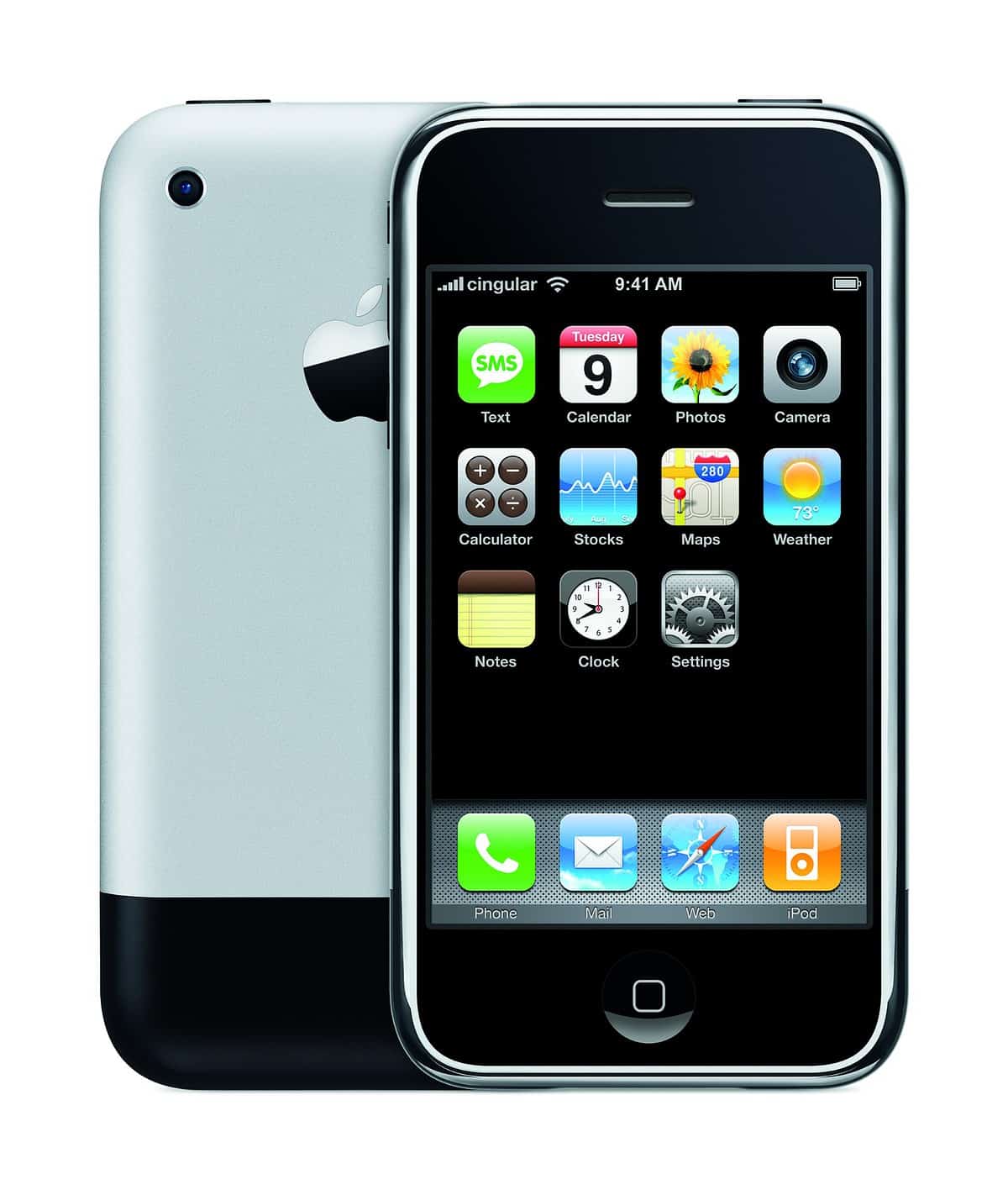Key Takeaways from Phil Schiller’s iPhone Anniversary Interview
On the 10th anniversary of the iPhone, Steven Levy posted an exclusive interview with Phil Schiller on his blog, BackChannel. Here are some of the key takeaways from the anniversary, including anecdotes from the original launch, thoughts on apps, and whether Phil could have known how popular Apple’s device would become.
Phil Schiller on the iPhone
The interview begins with Steven asking Phil if Apple knew how popular the iPhone would become. “Yes, but not nearly on the scale it’s become.” The employees knew they were working on something important, but they couldn’t foresee the size of the impact it would have.

The Original iPhone
Steve Jobs introduced the iPhone with a tantalizing preview. It would be a product that was a widescreen iPod, phone, and internet communications device in one. As it turns out, the internet communications part would have the biggest impact.
There’s an App for That
It’s easy to take the ubiquity of apps for granted today, and it’s even easier to forget that iPhone was a closed device when it was released. There were not only no App Store, there were no third party apps at all, except for services like Maps and YouTube that were developed in conjunction with Google. Mr. Levy wrote:
According to Jobs, it was an issue of security. “You don’t want your phone to be an open platform,” he told me. “You don’t want it to not work because one three apps you loaded that morning screwed it up. Cingular doesn’t want to see their West Coast network go down because of some app. This thing is more like an iPod than it is a computer in that sense.”
But that doesn’t mean that Apple didn’t discuss the issue ahead of time. According to Phil Schiller, Apple weighed the pros and cons of opening iPhone up to apps before it was released, but practical concerns ultimately trumped any decision based on the merits Mr. Levy wrote [emphasis added]:
Schiller also cast light on why the iPhone shipped as a closed system. During the gestation period of the iPhone, Apple hosted a spirited internal debate. Some advocated that the device be an open system, like the Macintosh, and others advised a more closed system, like the iPod. The argument was put on hold when the engineers realized that even if the open-system adherents won the debate, it would be impossible to implement in time for the launch.
Steve Jobs shut down the discussion, Schiller recalls. “He said ‘We don’t have to keep debating this because we can’t have [an open system] right now. Maybe we’ll change our mind afterwards, or maybe we won’t, but for now there isn’t one so let’s envision this world where we solve the problem with great built-in apps and a way for developers to make web apps.”
We can’t recall having seen that information before. From the outside, Apple scrambled to come up with a solution for third party developers only after the fact. In this insider version, Apple was thinking about the problem long before iPhone shipped.
It Always Comes Back to iPod
Phil Schiller notes that the iPhone probably wouldn’t be possible without first introducing the iPod, saying [emphasis added]:
If it weren’t for iPod, I don’t know that there would ever be iPhone. It introduced Apple to customers that were not typical Apple customers, so iPod went from being an accessory to Mac to becoming its own cultural momentum. During that time, Apple changed. Our marketing changed. We had silhouette ads with dancers and an iconic product with white headphones. We asked, ‘Well, if Apple can do this one thing different than all of its previous products, what else can Apple do?’”
Change
Related
Steven Levy also discussed some of the controversies surrounding the iPhone of late, like how the design hasn’t changed since the iPhone 6.
I actually think the leaps in the later versions are as big and sometimes even bigger now. I think our expectations are changing more, not the leaps in the products. If you look through every version—from the original iPhone to the iPhone 3G to the 4 to the 4S, you see great changes all throughout. You see screen size change from three and a half inch to four inch to four point seven and five point five. You see cameras going through incredible change, from the first camera that couldn’t shoot video, to then having both a front and a backside camera, to now three cameras with the stuff we’re doing, and with live photos and 4K video.
That answer may or may not satisfy your craving for new technologies and features. Accordingly, take it with a grain of salt.
Looking Toward the Future
As the tech industry pauses to reflect on the iPhone’s history, it continues trying to divine its future. Rumors run rampant with visions of OLED technology, transparent iPhones and even bendable screens. Unfortunately we’ll have to wait until this fall to find out.

0 Response to "Key Takeaways from Phil Schiller’s iPhone Anniversary Interview"
Post a Comment